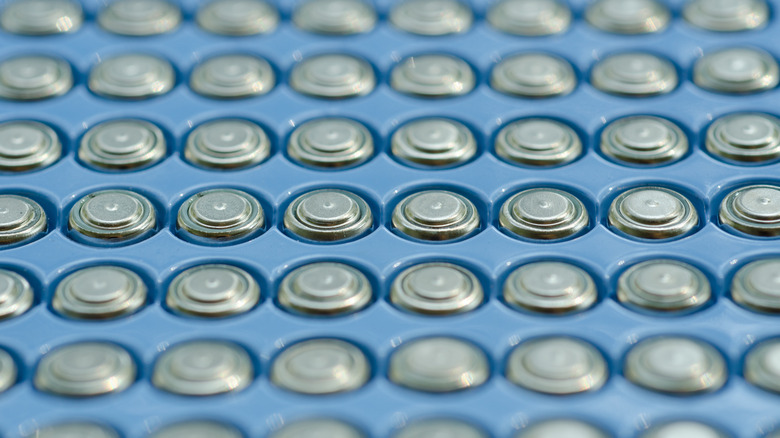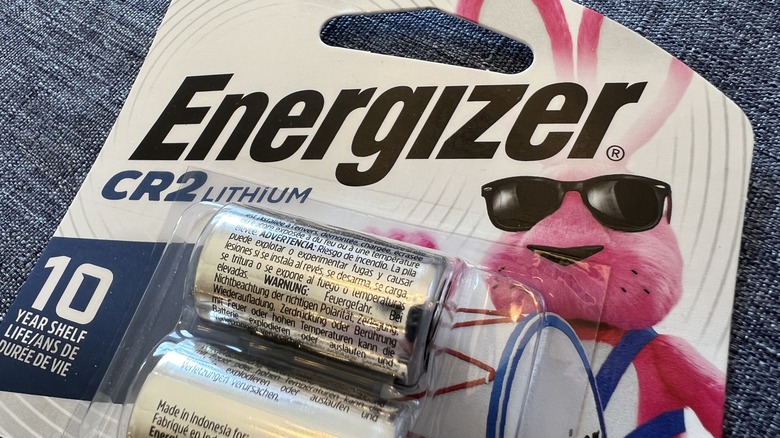The Biggest Risks Of Counterfeit Batteries (And How To Spot Them)
Counterfeit items are a common issue in electronics and physical media (for example, fake Apple AirPods), so much so that it rarely occurs to us that the batteries powering some of them might also be fakes. It's not something we tend to instinctively look out for, often thinking that one double AA battery is as good as another and rarely checking the brand. We just put them inside the remote or whatever else needs power and hope for the best.
But the difference between a real battery and a counterfeit is not simply a matter of how long it'll last; counterfeits can actually be dangerous to both the device they're in and people. According to the Electrochemical Safety Research Institute (ESRI), while alkaline batteries (like your average double AA) can be fake, most counterfeits tend to be lithium-ion batteries, the rechargeable ones often used in cell phones, laptops, tools, electric toothbrushes, and various other devices. This is doubly an issue because counterfeit lithium-ion batteries can be more dangerous, potentially heating up uncontrollably, otherwise known as thermal runaway.
Spotting a fake battery
A counterfeit battery is unlikely to have undergone the same standardized testing as original equipment manufacturer (OEM) batteries, meaning standard safety measures may not be present. In the case of lithium-ion batteries, thermal runaway can result in uncontrolled heating up to extreme temperatures, causing electrolyte leakage, smoke, fire, and potentially damaging the device and igniting larger fires that may injure people too. Most properly tested batteries from the best brands have controls that prevent the battery's internal temperature from breaching this threshold and leading to thermal runaway, but counterfeiters aren't deeply concerned about doing that much work before producing them.
So, what do you look out for? As the FBI notes, it's best to avoid third-party purchases of batteries and get them from authorized dealers or distributors that test with nationally recognized testing laboratories. Many manufacturers sell directly and/or will provide a list of trusted vendors. Any battery that seems too cheap, ships too fast, or makes out-of-the-ordinary endurance promises is probably not the upstanding battery it claims to be. If the batteries are already in your hands, you'll want to look out for poor packaging, misprinted or misspelled labels, and make sure the batteries have a "UL" in a circle symbol to comply with certification requirements, not that these symbols can't be faked. A few of the above precautions can help ensure that when your battery dies, your device isn't taken with it.

